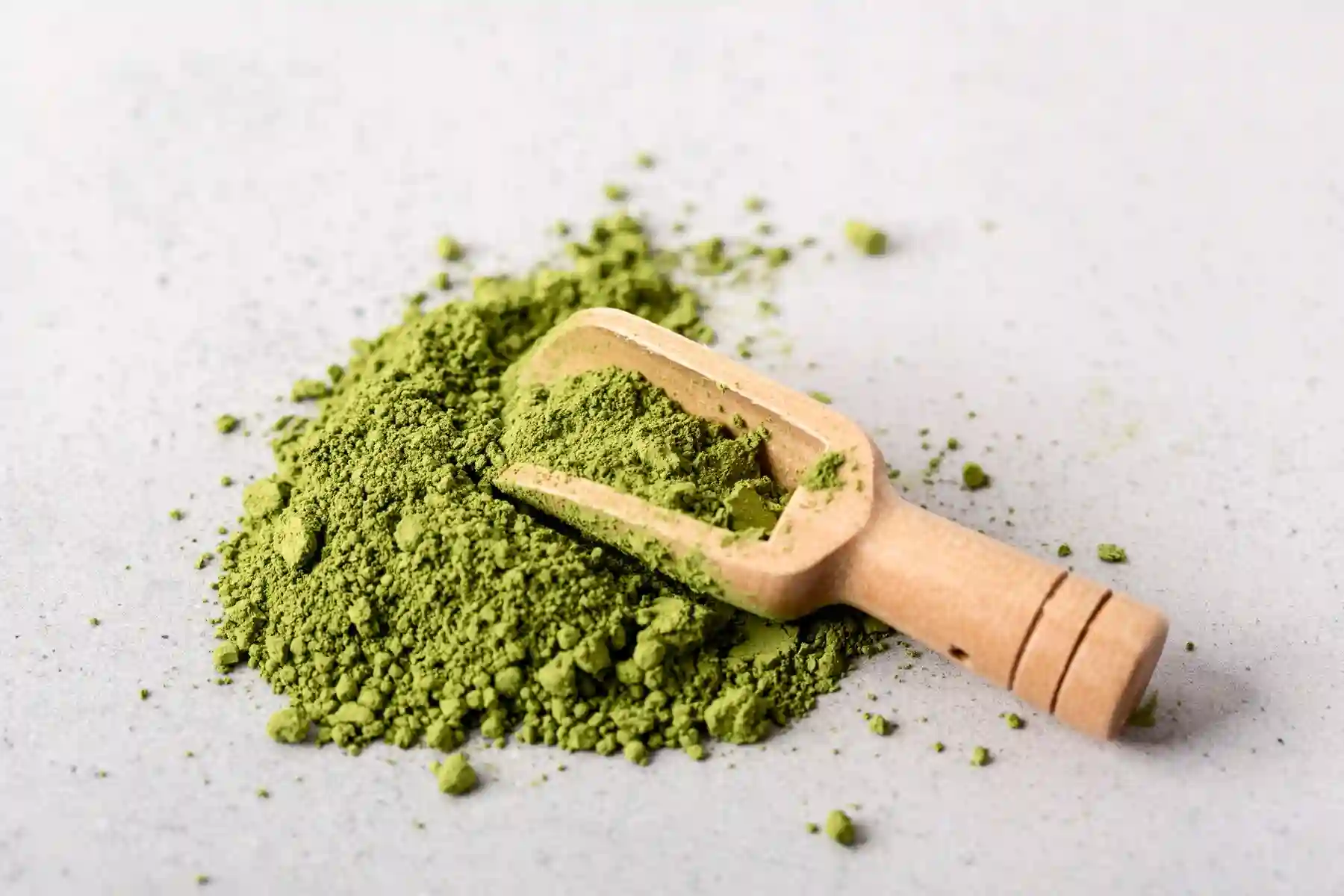Back in 2019 there was report released by the Centers for Disease Control and Prevention (CDC) that linked kratom to 91 deaths between July 2016 and December 2017. That might sound scary—until you look deeper.
Of those 91 cases, only 7 tested positive for kratom alone. The rest involved combinations with heavy hitters like fentanyl, heroin, and Valium.
That’s 91 out of 27,338 overdoses. Seven isolated to kratom. It doesn’t take a statistician to see what’s going on here.
So what does this study mean? Is kratom dangerous? Or are there those with interests to outlaw kratom?
According to the American Kratom Association, over 5 million Americans use kratom regularly. Many use it to manage chronic pain or to ease off opiates, often as a last resort when conventional treatment options have failed.
The real root of the opioid crisis lies in overprescribed medications—often pushed by doctors, insurance companies, and pharmaceutical giants, with the blessing of politicians. But somehow, kratom has become the latest scapegoat.
No substance is completely without risk. Kratom is no exception. Like any supplement or treatment, it must be used responsibly.
Yes, 7 individuals reportedly died with only kratom in their system, and it’s likely kratom contributed to those deaths. But again—7 out of 5 million users is a vanishingly small number, especially in an unregulated market where people often consume kratom in highly concentrated forms like tinctures and extracts.
Without clear standards or oversight, consumers may take much higher doses of active alkaloids than they would from traditional plain leaf kratom.
If kratom were banned nationally, what would happen to the millions who rely on it?
Would they return to opioids? Would some relapse into addiction?
We simply don’t know. But the human cost of restricting access to a tool that many see as life-saving should not be underestimated.
In 2016, the DEA attempted to place kratom in Schedule I (alongside heroin and LSD), but they failed due to massive public outcry. Why? Because for countless people, banning kratom would be devastating.
Let’s be honest: Prohibition doesn’t work. It didn’t work for alcohol, and it won’t work for kratom. If we’re banning substances based on harm, then why isn’t alcohol—which destroys countless lives—under similar scrutiny?
What would happen if there was a national ban on kratom? How many people out of the 5 million who use it to manage their pain or past addiction would seek out something to replace it or relapse? That answer is unknown just like to the answer to how we solve the opiate crisis. Only time will tell.
In 2016, the CDC tried to Schedule 1 kratom but failed. They failed because of the outcry from all the people who benefit so much from it and whose life would take a deep dive in quality if access to kratom was blocked off. Prohibition was proven not work with more dangerous substances like alcohol. If the argument for banning kratom is because it does more harm than good, than what about alcohol? Kratom actually improves many lives while alcohol ruins many people’s’ lives? It smells a lot like hypocrisy. The drive to paint kratom as a dangerous substance causing overdoses is blatantly obvious for what it is—the desperate attempt of interest groups to control and limit another part of citizens lives. It is cynical, authoritarian and frankly disgusting.
It is clear that kratom is not an opiate from analyses that have been done and by calling kratom an opiate is just another way to create a negative association with kratom. The main symptoms which show up after consuming opiates such as respiratory depression, drowsiness and comas, do not appear to those who consume kratom. Additionally, the brain’s receptors simply are not activated in the same way.
While we all agree that there is an opiate crisis, there is significant disagreement on how to deal with it. Do we criminalize the safest and most effective alternative out there, or do we instead regulate it under a comprehensive, accountable framework like CGMP to ensure best practices are kept? Kratom should certainly be continuously studied in tandem with increased market regulation. But throwing away a non-opiate product which is proven to help wean addicts off opiates in a safe way is not the right answer.
People who consume kratom and even people who don’t but who care about facts and freedoms, all must take a stand against the slander affecting those using kratom. We all know it’s a miracle to have a non-opiate which gives similar benefits of pain relief and relaxation in a safer way. All the half truths and twisted facts won’t change that. Luckily so far, kratom is available. However, we must be vigilant that those who try to manipulate the truth and spread misinformation, not succeed in slandering one of the safest forms of pain relief out there.
We must stand for the truth and speak out in support for kratom because the only way the truth will win is if enough people advocate for it. It doesn’t matter if you are a kratom consumer or not, we must stand up for what is right because the alternative is letting those with the biggest pockets win. Hashtag #kratomhelps and share your stories. Talk about what kratom did for you or someone you love. We need to spread awareness in opposition to this slander. If the media will paint Fentanyl overdoses as kratom’s fault, we must bring truth to power and make our voices heard. Who knows? Perhaps this may be the solution to the opiate crisis.
#kratomhelps
This article is not to be construed as direction for use. It was written for advocacy purposes only.
{description}





